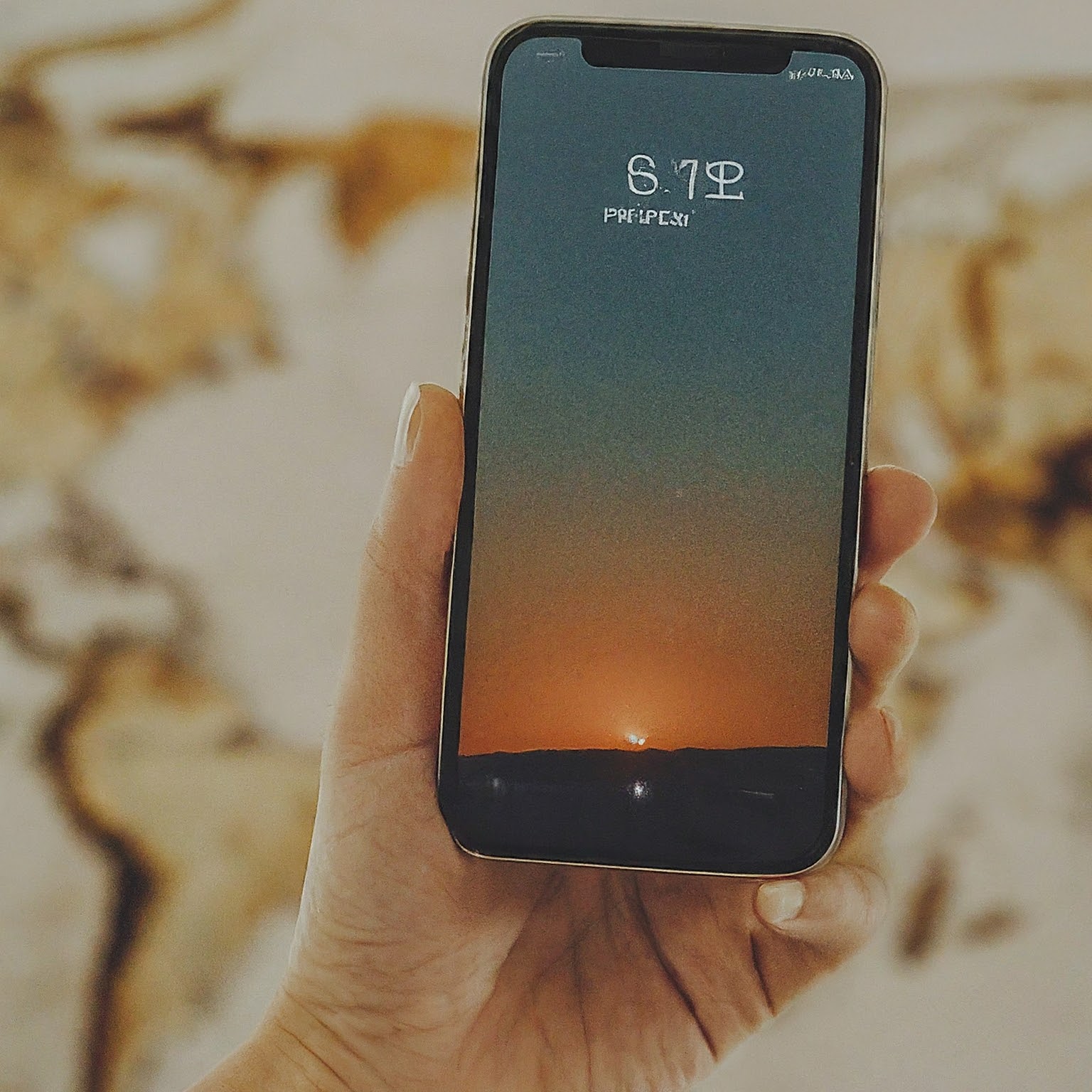In today’s interconnected world, communication has transcended geographical boundaries. At the heart of this global connectivity lies a fundamental system: country codes and phone numbers. These seemingly simple numerical sequences have become indispensable tools for businesses, individuals, and governments alike. This article delves into the intricacies of country codes and phone numbers, exploring their significance, structure, and applications in the modern era.
What are Country Codes and Phone Numbers?
A country code is a numerical prefix used to identify a specific country in international telephone calls. It is typically one to three digits long. For instance, the country code for the United States is 1, while for the United Kingdom, it’s 44.
A phone number is a series of digits assigned to a specific telephone line or device. It usually consists of a country code, an area code (identifying a geographical region), and a local number. The format and length of phone numbers vary across countries.
The Role of Country Codes and Phone Numbers
- Global Communication: Country codes and phone numbers facilitate seamless communication between people across the world. They enable individuals and businesses to connect regardless of their physical location.
- Internet Services: Many online services, such as social media platforms, messaging apps, and e-commerce websites, rely on phone numbers for user verification, account recovery, and two-factor authentication.
- Emergency Services: In case of emergencies, phone numbers are crucial for contacting emergency services like police, fire departments, and ambulances.
- Business Operations: Businesses use phone numbers for customer support, sales, and marketing purposes. They also employ country codes to reach customers in different regions.
Structure of a Phone Number
A typical phone number consists of the following components:
- Country Code: Identifies the country.
- International Prefix: Used to dial out of a country (e.g., 00 for many countries).
- Area Code: Specifies a geographical region within a country.
- Subscriber Number: The unique number assigned to a particular phone line.
Challenges and Solutions in Country Code and Phone Number Management
- Number Portability: As people and businesses move, phone numbers often need to be ported between different carriers and locations. This can pose challenges in terms of database updates and routing.
- International Numbering Plans (INPs): Different countries have varying INPs, which can lead to inconsistencies and difficulties in international calling.
- Numbering Exhaustion: With the increasing demand for phone numbers, some countries are facing number exhaustion. This requires careful planning and implementation of new numbering schemes.
To address these challenges, telecommunication companies and regulatory bodies are working on solutions such as number pooling, overlay networks, and the introduction of new numbering plans.
The Future of Country Codes and Phone Numbers
The landscape of telecommunications is constantly evolving. With the rise of Voice over Internet Protocol (VoIP), the traditional concept of a fixed phone number is being challenged. However, country codes are likely to remain essential for international calling.
Additionally, new technologies like the Internet of Things (IoT) are creating a demand for a vast number of connected devices, each with its own unique identifier. This could lead to the development of new numbering schemes and standards.
Conclusion
Country codes and phone numbers are fundamental building blocks of the global communication infrastructure. They have played a vital role in connecting people and businesses worldwide. As technology continues to advance, the way we use and manage country codes and phone numbers will undoubtedly evolve. However, their significance as essential tools for communication is likely to endure.

لا تعليق